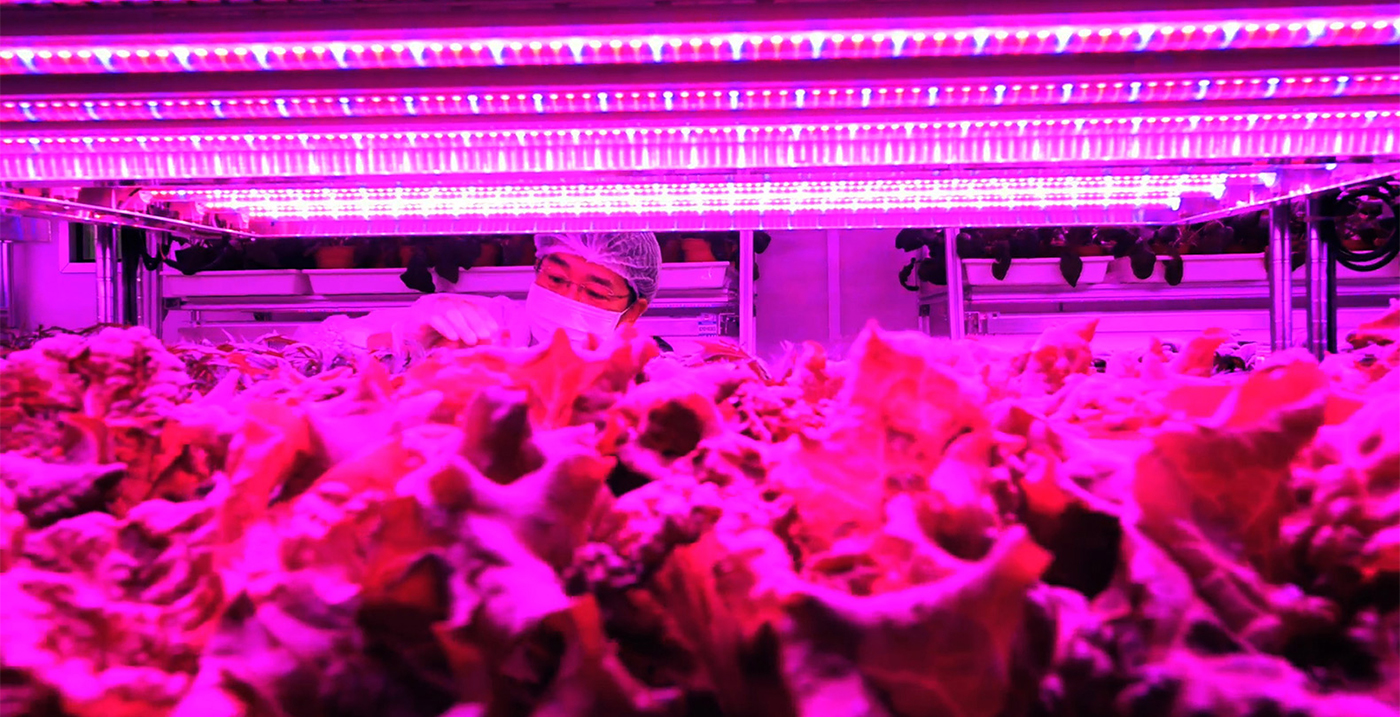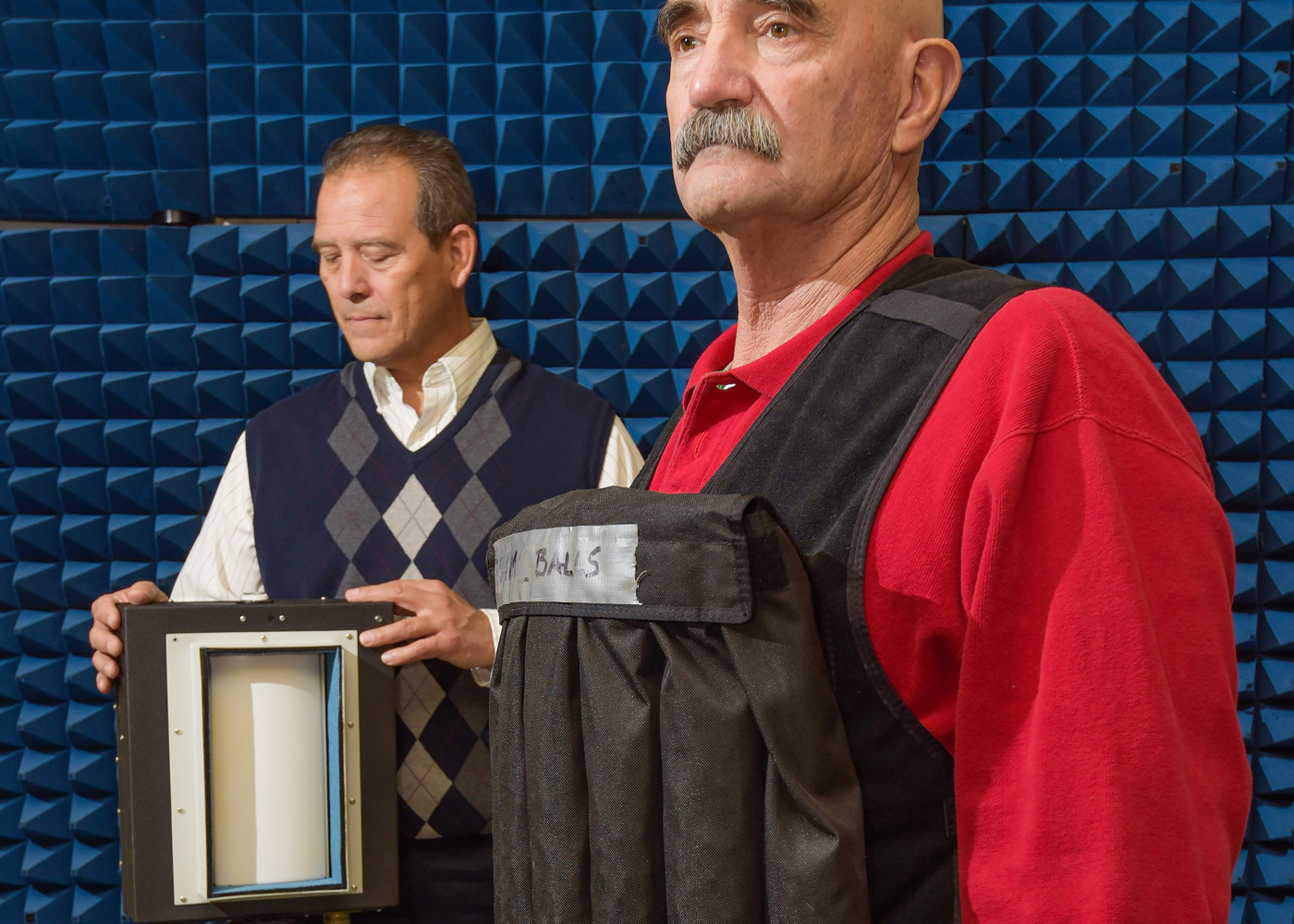
We've seen some large-scale simulations, including some that couldn't get larger. Simulated cellular networks are still a rare breed, however, which makes Sandia National Laboratories' MegaDroid project all the more important. The project's cluster of off-the-shelf PCs emulates a town of 300,000 Android phones down to their cellular and GPS behavior, all with the aim of tracing the wider effects of natural disasters, hacking attempts and even simple software bugs. Researchers imagine the eventually public tool set being useful not just for app developers, but for the military and mesh network developers -- the kind who'd need to know how their on-the-field networks are running even when local authorities try to shut them down. MegaDroid is still very much an in-progress effort, although Sandia Labs isn't limiting its scope to Android and can see its work as relevant to iOS or any other platform where a ripple in the network can lead to a tidal wave of problems.
Continue reading Sandia Labs' MegaDroid project simulates 300,000 Android phones to fight wireless catastrophes (video)
Filed under: Cellphones, Wireless, Mobile, Alt, Google
Sandia Labs' MegaDroid project simulates 300,000 Android phones to fight wireless catastrophes (video) originally appeared on Engadget on Wed, 03 Oct 2012 17:24:00 EDT. Please see our terms for use of feeds.
Permalink  New York Times
New York Times |
 Sandia National Laboratories
Sandia National Laboratories |
Email this |
Comments
 Scientists already believe that diamonds could be a solid foundation for practical quantum computers. You can use atom-scale defects in diamond to store quantum bits that hold contradictory data (say, both on and off) in a way that lets you read the...
Scientists already believe that diamonds could be a solid foundation for practical quantum computers. You can use atom-scale defects in diamond to store quantum bits that hold contradictory data (say, both on and off) in a way that lets you read the...
 Scientists already believe that diamonds could be a solid foundation for practical quantum computers. You can use atom-scale defects in diamond to store quantum bits that hold contradictory data (say, both on and off) in a way that lets you read the...
Scientists already believe that diamonds could be a solid foundation for practical quantum computers. You can use atom-scale defects in diamond to store quantum bits that hold contradictory data (say, both on and off) in a way that lets you read the...
 Tesla's groundbreaking affordable electric car is nearly here. This week the automaker announced plans to begin production on the Model 3 by the end of the month. Meanwhile, environmental champion Leonardo DiCaprio just signed up as the official amba...
Tesla's groundbreaking affordable electric car is nearly here. This week the automaker announced plans to begin production on the Model 3 by the end of the month. Meanwhile, environmental champion Leonardo DiCaprio just signed up as the official amba...
 Ever since terrorism became an all-too-real fact of life, people have dreamed of suicide bomb detectors that spot an explosive vest before its wearer has a chance to detonate. However, making a working example has proven elusive. Some companies threw...
Ever since terrorism became an all-too-real fact of life, people have dreamed of suicide bomb detectors that spot an explosive vest before its wearer has a chance to detonate. However, making a working example has proven elusive. Some companies threw...




